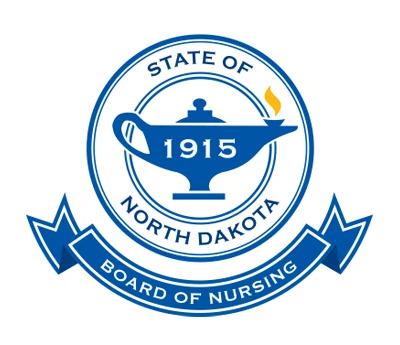The ND Administrative Code (rules) provides direction for this:
54-07-05-09. Routes or types of medication administration.
- Administration of the initial dose of a medication that has not been previously administered to the client must be administered according to organization policy.
- Conversion or calculation of a medication dosage must be verified with a licensed nurse.
- Medication assistants III may administer medications by the following routes to individuals or groups of individuals with stable, predictable conditions according to organization policy:
- Oral, sublingual, and buccal medications;
- Eye medications;
- Ear medications;
- Nasal medications;
- Rectal medications and enemas;
- Vaginal medications;
- Skin ointments, topical medications, including patches and transdermal medications;
- Metered hand-held inhalants;
- Unit dose nebulizers;
- Intramuscular injections;
- Subcutaneous injections;
- Intradermal injections;
- Gastrostomy;
- Jejunostomy;
- Nasogastric tube;
- Nonmetered inhaler; and
- Non-unit dose aerosol or nebulizer.
- Medication assistants III may not administer medications by the following routes:
- Central lines;
- Colostomy;
- Intravenous;
- Intravenous lock; or
- Urethral catheter.
- Medication assistants III may not administer the following kinds of medications:
- Barium and other diagnostic contrast media;
- Chemotherapeutic agents except oral maintenance chemotherapy; or
- Through any medication pumps, nor assume responsibility for medication pumps, including client-controlled analgesia.

